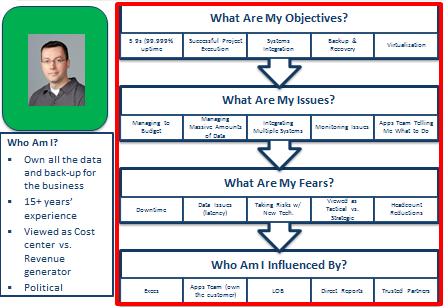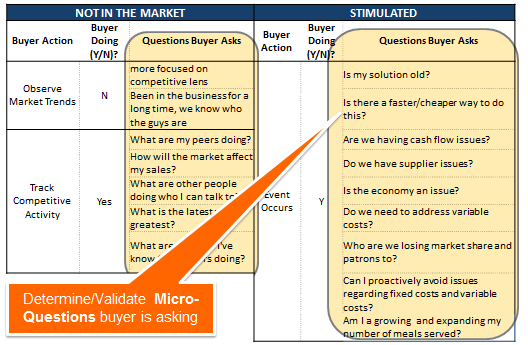Soon you will receive your quota for next year. As a Sales Leader you’ll ask, “How can I make this number?” This article will help you make quota one sales call at a time. We are going to discuss a simple sales call preparation technique. Sales Leaders that implement it will get better results.
Sales people don’t typically do a good job preparing for tough questions in calls. They understand the goal of the call. They plan out the opening of the call. But a curve ball question catches them off guard. And if they aren’t good a hitting curves, sales calls go sideways fast.
As a Sales Leader, you can’t be present during every sales interaction. Your role is to ensure your team is prepared. Try this technique to help with call preparation.
Have your sellers write down 5 questions they don’t want to get asked. Then discuss the plan to address each question.
By signing up for our Annual Research Tour here, you’ll get the 5 Question Coaching Tool. This tool will help your sales people gain advances in sales calls. In addition you will receive access to a number of other useful resources. Dashboards, metrics and reports that will help you and your team execute.
Here are examples of tough questions Sales People get asked:
- What is your 5 year product roadmap?
- Can you provide references from our industry and company size?
- Can you give me a cost estimate? (early stage)
- Why is your competitor less expensive?
- Can we do a proof of concept?
Your customer is asking these questions to determine the level of personal risk. They are trying to determine if you and your solution are credible. Failing to have a confident response can heighten the risk the customer feels. This can lead to a stalled or lost deal. With a little planning, this result is avoidable.
Make the five questions test a part of your sales leadership routine.
Have your team follow these steps:
1. Review the buyer persona for each buyer that will be in the meeting. Look at their objectives, issues, fears, and what influences them. This will help your reps anticipate what questions will be surfaced.

2. Identify where the buyer is in their buying journey. Use a Buyer Process Map (BPM) to do so. As illustrated below, you need to identify the stage and key buyer action. Then you review the micro-questions in that key buyer action. This will help you narrow in on the questions you may be asked in the meeting.

3. For major interactions, have your Rep note the top 5 tough questions they anticipate. Ask that they send the 5 question coaching tool to you before the meeting.
4. Rep sets a 15-30 minute call with you to discuss responses prior to the call. Go question by question and challenge the response. Play devil’s advocate and ensure the Rep is prepared.
5. Rep discusses the questions and responses with any internal resources attending the call. Each resource should know who will respond to each question and how. One cavalier response by an overlay resource could discomfort the customer.
6. Post Call: review what questions were surfaced and how the Rep responded. This will help the Rep pinpoint the buyer’s location on the BPM. It will also prepare them for future calls with the customers.
Ensuring your team is prepared for tough questions will keep them from losing credibility. In every sales call you either decrease or increase the risk each buyer feels. Deals stall or get lost when the risk outweighs the perceived benefit. Ensure your team is not heightening risk and they will win more deals.
Sign-up here to get the 5 Question Coaching Tool.



![[Research Round-Up] The Latest From NetLine On B2B Content Consumption](https://customerthink.com/wp-content/uploads/email-g56aa02a47_1280-pixabay-email-marketing-218x150.png)
